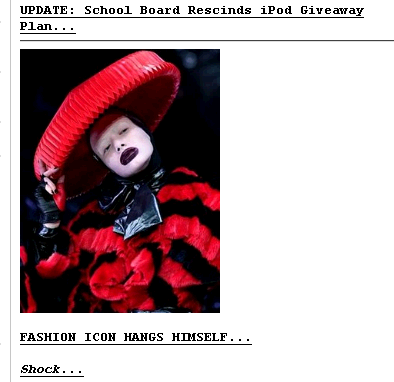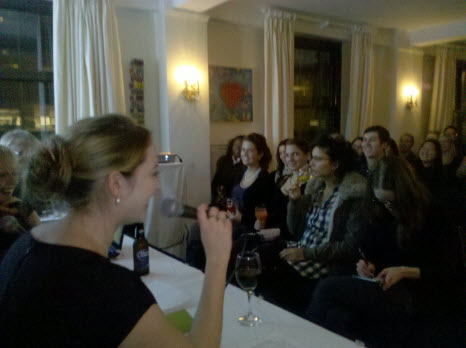What publishing used to mean…
by henrycopelandFriday, February 19th, 2010
On recent nights I’ve been reading A Crooked Sixpence, a novel about London journalism in the 1950s by Murray Sayle. Published in 1961, the book portrays the many mechanisms and methods needed to crank out a newspaper before computers came along… and LONG before The Internets made hundreds of hours of labor and tons of machinery obsolescent. Here’s Sayle’s portrait of a Saturday before the weekly Sunday edition came out:
The sub-editors had already started work around the big horse-shoe table a few feet from him, trimming and shaping the smaller stories for the news pages. There were twenty of them, in shirt-sleeves, heads bowed and pencils flying over piles of copy-paper. The bare arms and furrowed foreheads, the unbuttoned collars and loosened ties made them look like aging schoolboys doing a grueling Eng. Lit. paper. The chief sub-editor, a one-eyed elderly man who looked after the answers to readers’ queries during the week, presided at the center of the outer curve of the table. He was working through a pile of stories from the basket at his elbow, reading the first few paragraphs of each, marketing a spot on a clipped bundle of page schemes and throwing the document to one of the labourers with his order, ‘Five pars with a single-column staggered two-line head in eighteen’ or ‘Two-par fill, early page.’ For more complicated prescriptions, he wrote he directions on the copy and sometimes drew the shape of headline he wanted.As the sub-editors worked, O’Toole noticed that their left hands were periodically busy on the table, the fingere thumping in order like pacticing pianists’. They were counting letters, reducing political turmoil in far-off republics to RED GRAB BID because eighteen-point Roman Ultra-Bodoni makes nineteen units (including spaces) in a twenty-four em line over a shallow double, and even the Russians haven’t developed rubber type faces yet.”
For the record, Sayle is one of the journalists who Harold Evans, as editor of the Sunday Times, sent to Ulster to report on Bloody Sunday, the day in January 1972 when British troops shot dead 14 civil rights protesters in Londonderry. The results of the Sunday Times’ investigation — that the day was a massacre, not a battle — was never published because the commencement of British judicial proceedings put a lid on any and all publishing about the event.


